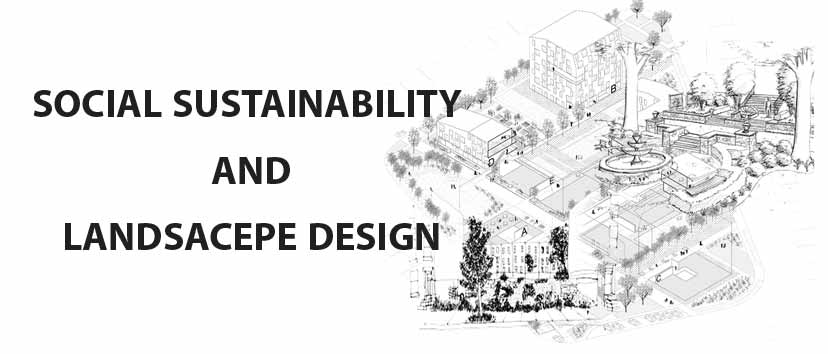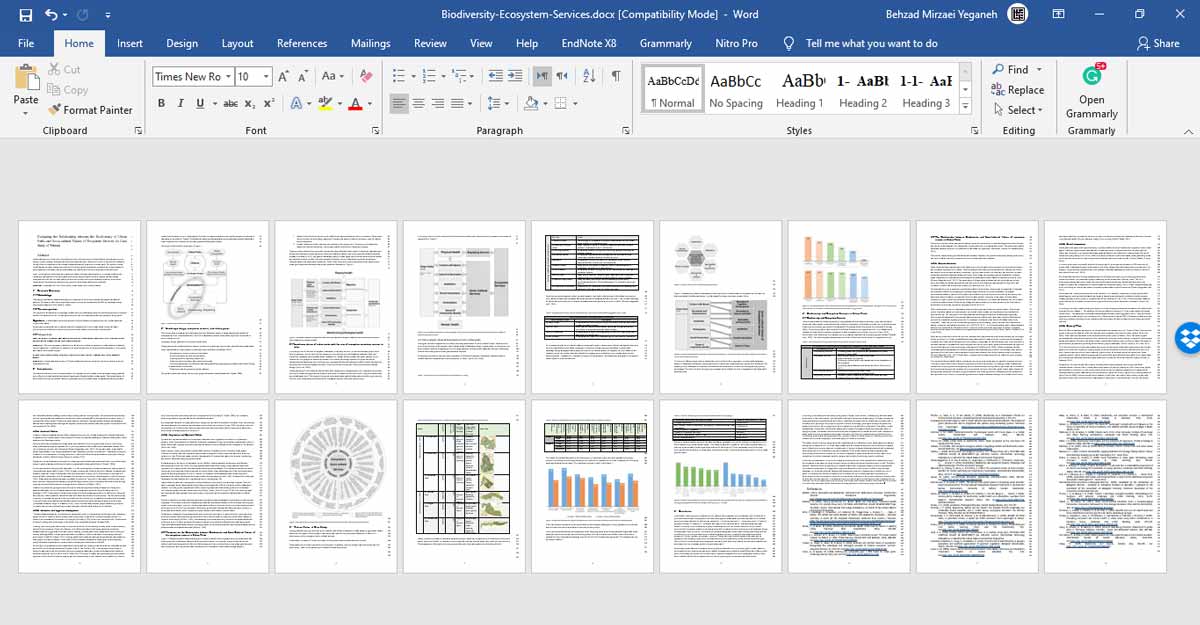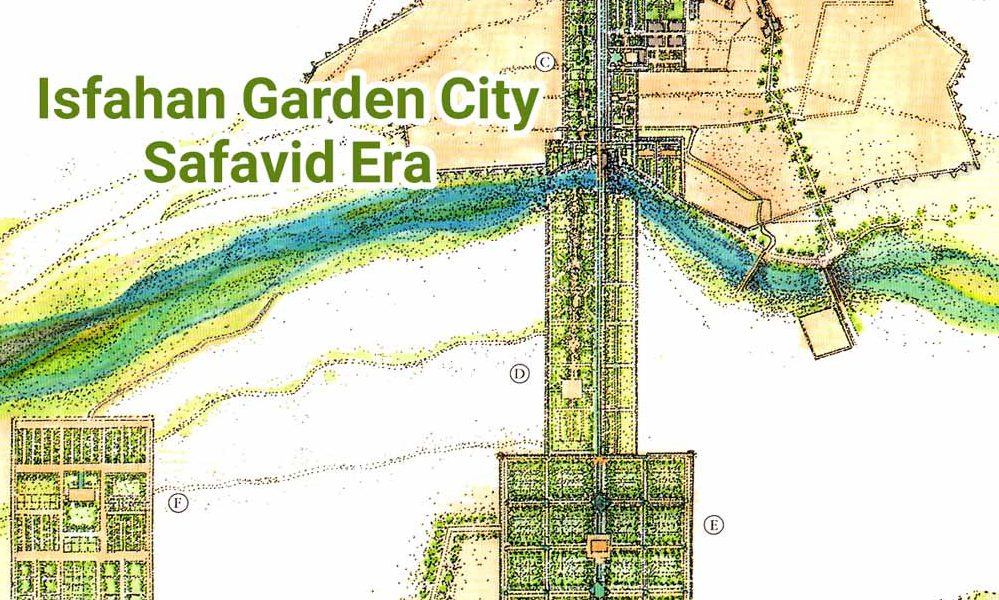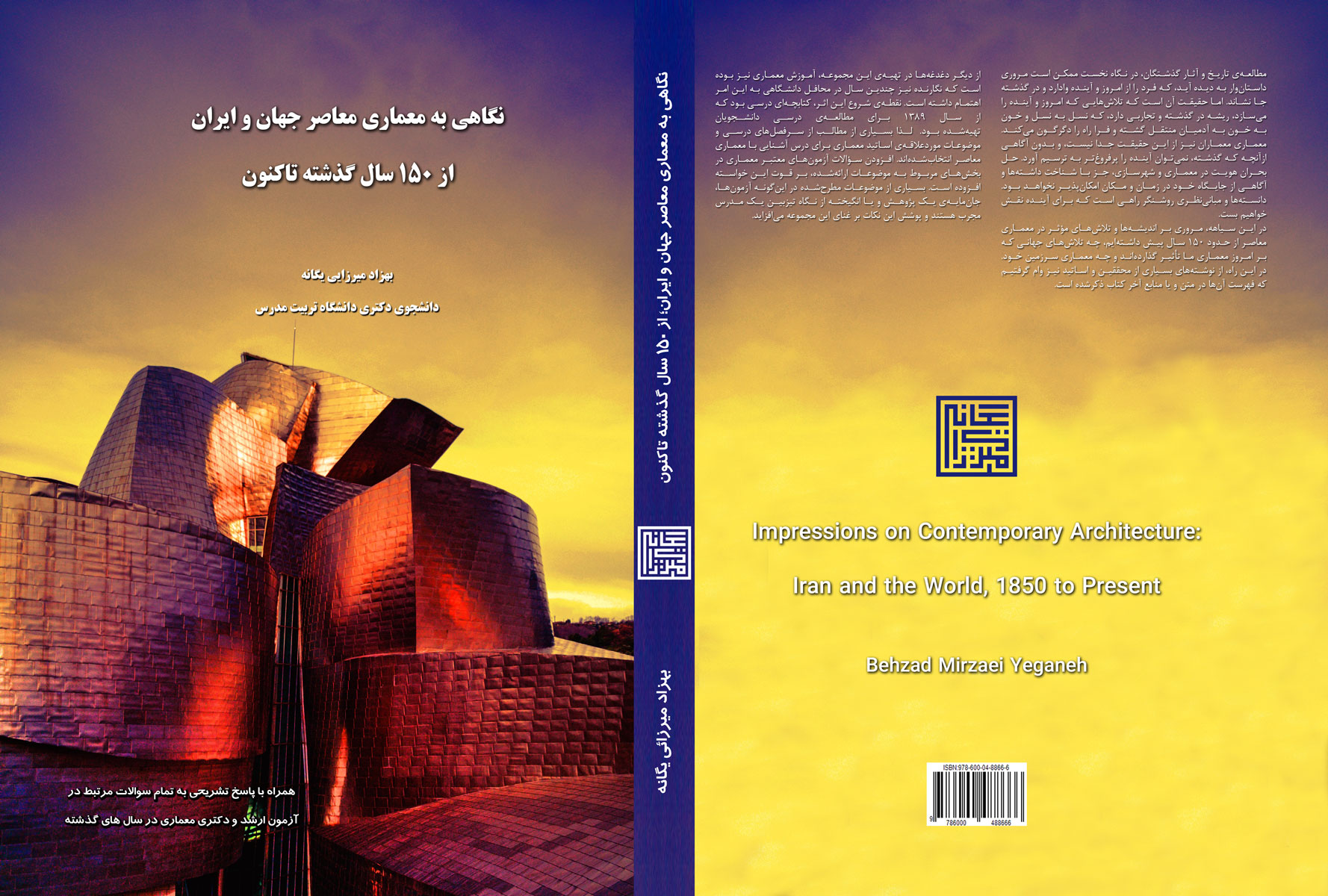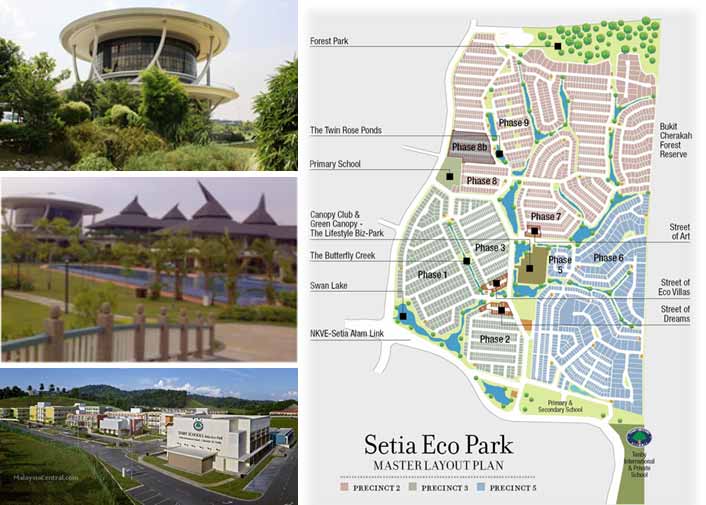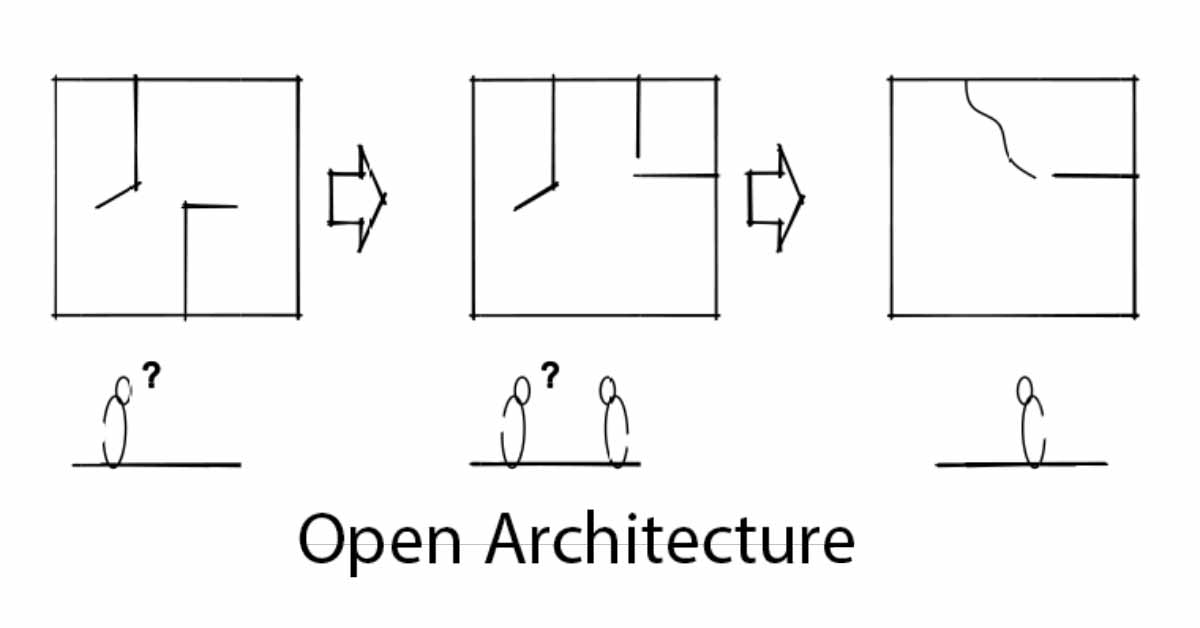Landscape Design and Social Sustainability in Residential Complexes
Landscape Design and Social Sustainability in Residential Complexes: Place-based Indicators of Social Sustainability in Public Open Spaces of Residential Complexes- Case Studies of Tehran
Approved proposal for the Ph.D. thesis (Tarbiat Modares University)
Behzad Mirzaei Yeganeh
Abstract: This research will discuss how landscape design can bring back the concept of social life and human communities' sustainability to the open spaces between residential buildings. As some social sustainability dimensions are beyond the scope of landscape design, this study focuses on the place-based indicators of social sustainability. Desk research and case studies within Tehran's city will be conducted to analyze paradigms of landscape and the formation of major elements of the landscape in promoting social sustainability in residential areas.
This is an applied developmental study, offering solutions to the existing social sustainability issues, which at least some solutions are applicable to the challenges alike. In this regard, descriptive-analytic research will be conducted.
Identifying the key indicators of social sustainability in landscape architecture, the factors strengthening or limiting these will be analyzed. Design paradigms that improve the interaction of buildings and open spaces and apply landscape elements to enhance social behavior patterns, create a better link between behavioral patterns and spaces, and promote social interactions in landscape design.
The research will provide recommendations and paradigms on shaping objective elements of the landscape that are in harmony with the subjective patterns- a physical space that strengthens the place-based indicators of social sustainability in the open spaces. Finally, a theoretical framework on the role of landscape in the social sustainability of the residential complexes will be presented.
Keywords: Social Sustainability, Landscape Design, Place-Based Indicators, Open Space Design

A presentation of the research in ECLAS 2019
Contact me for more information or any suggestions.

